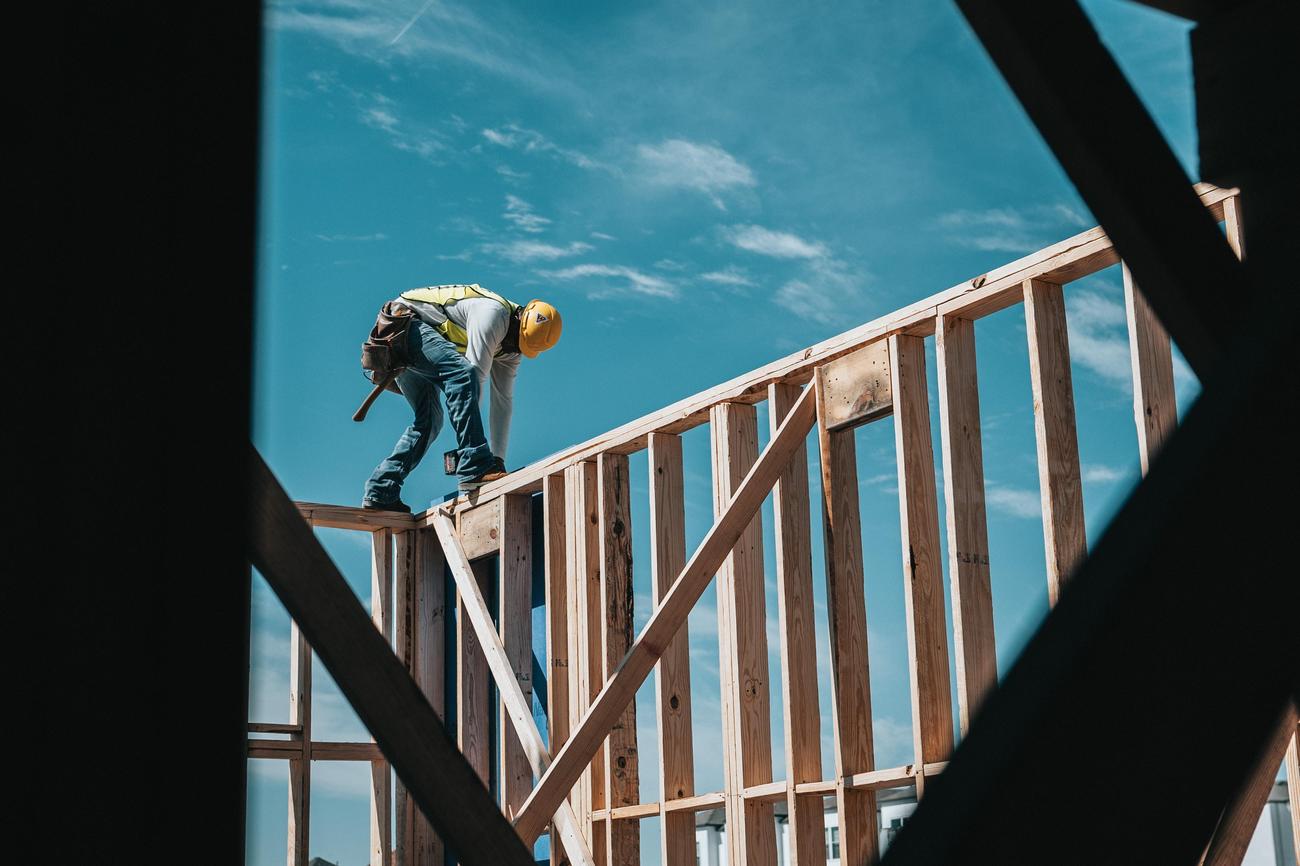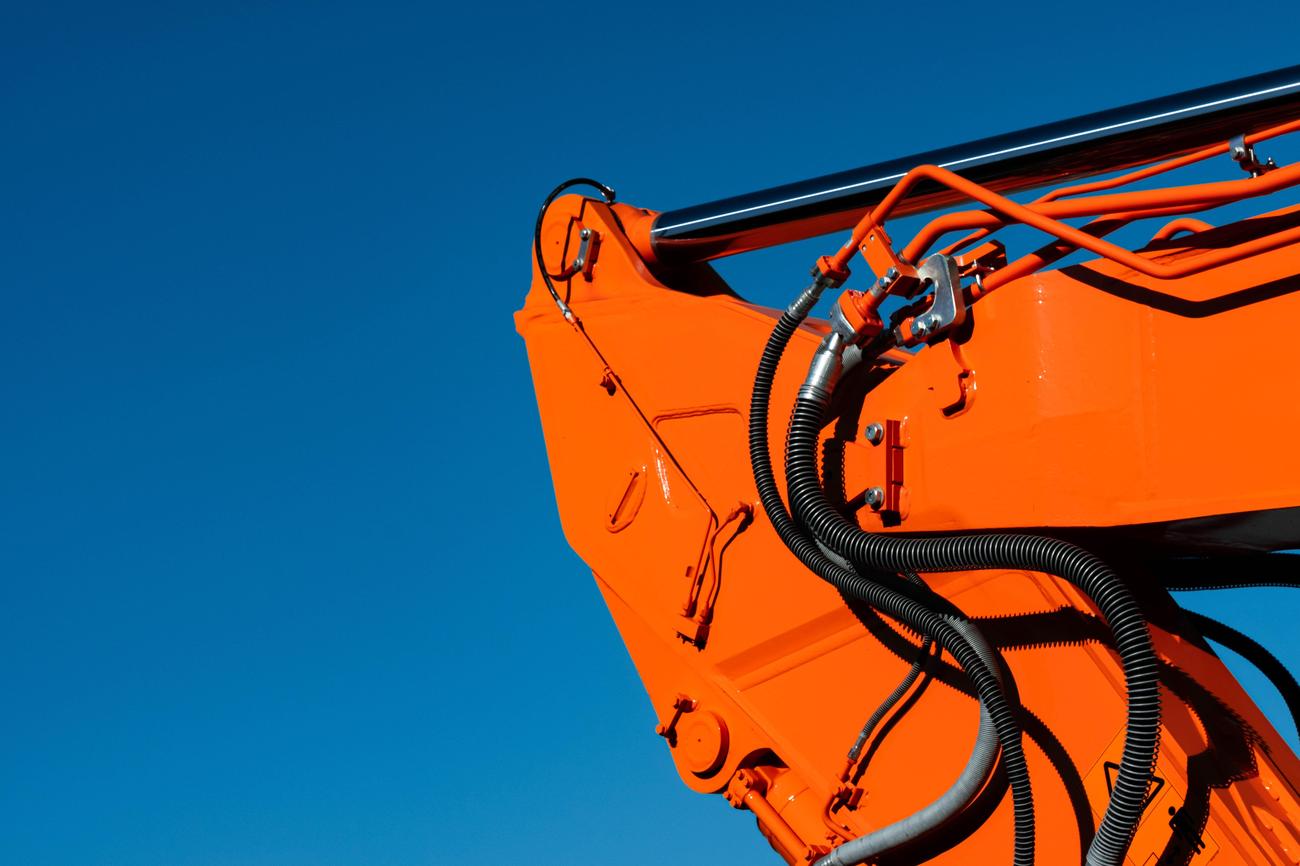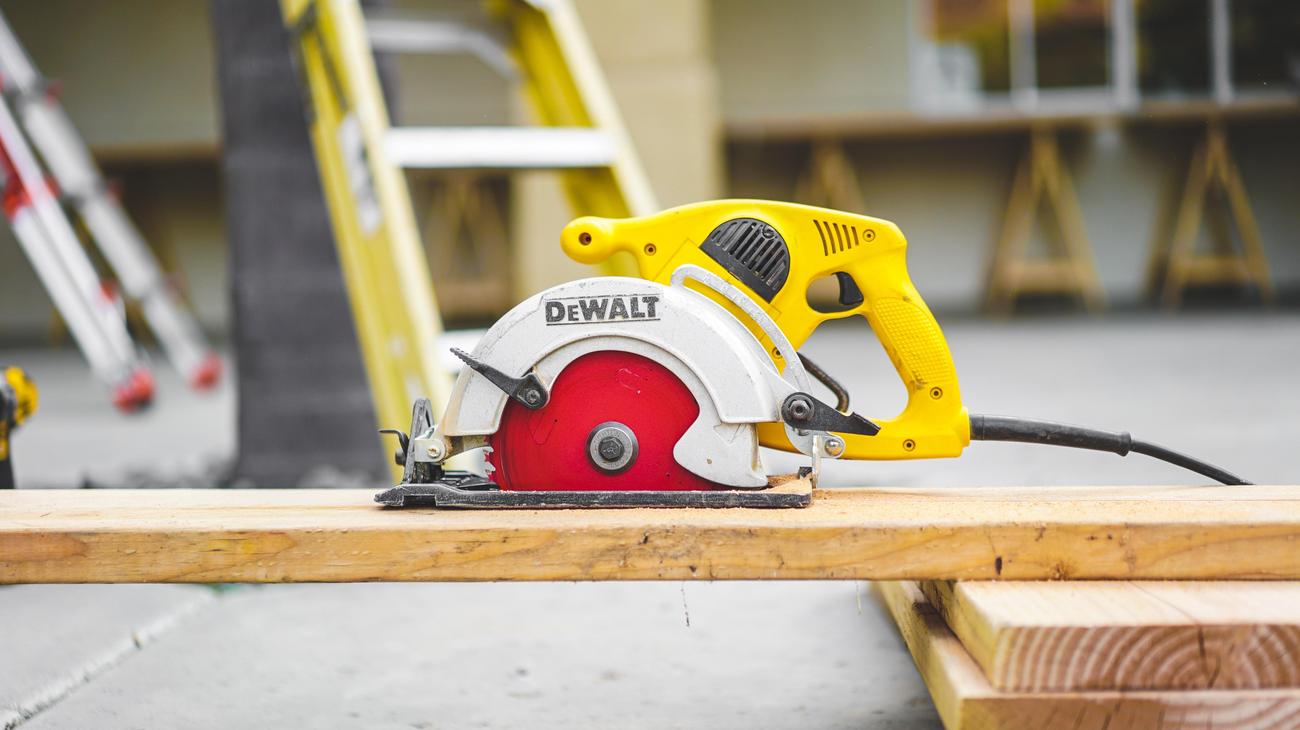When Was the Panama Canal Constructed? The fascinating tale of the construction of the Panama Canal, one of humanity’s most remarkable engineering feats, stirs the imagination and captures the hearts of history enthusiasts. This article delves into the captivating story of when the Panama Canal was built, unraveling the intricate logistics and engineering marvels that shaped its creation. As an accomplished historian and expert in transportation infrastructure, I bring to the table a wealth of knowledge and expertise to shed light on the timeline and key milestones of this monumental project. Join me on this captivating journey as we explore the remarkable story behind the construction of the Panama Canal.

When Was the Panama Canal Built?
The construction of the Panama Canal is a remarkable feat of engineering that transformed global trade and transportation. So, when was the Panama Canal built? Let’s delve into its fascinating history.
The idea of creating a water passage across the isthmus of Panama to link the Atlantic and Pacific Oceans dates back to at least the 1500s. However, it wasn’t until the late 19th century that the ambitious endeavor began to take shape.
The United States acquired the project from France, which initially attempted to construct the canal but faced numerous setbacks, including financial difficulties and a high mortality rate among workers. With the acquisition of French assets in the canal, the United States took on the immense task of completing the project.
John Stevens, a seasoned railroad specialist, became the chief engineer and played a pivotal role in the construction of the Panama Canal. Recognizing the challenging terrain and workforce issues, Stevens recruited primarily West Indian laborers to tackle the project. His strategic approach was instrumental in surmounting obstacles along the way.
Construction of the canal commenced in 1904 and took a decade to complete, culminating in its official opening on August 15, 1914. On that historic day, the cargo ship SS Ancon made the first successful transit of the Panama Canal, marking a monumental achievement in engineering and logistics.
“The Panama Canal was officially opened on August 15, 1914, with the transit of the cargo ship SS Ancon.”
The canal itself consists of three sets of locks, a man-made lake, and a series of channels that allow ships to cross the continental divide. This engineering marvel effectively bridged the gap between the Atlantic and Pacific Oceans, revolutionizing global trade and reducing maritime travel distances by thousands of miles.
It’s important to note that the construction of the Panama Canal was an arduous and expensive endeavor. The United States invested approximately $375,000,000 in the project, making it the most costly construction project in U.S. history up to that time. The financial commitment and engineering complexity highlight the significance of this monumental undertaking.
The Panama Canal served as a strategic and economic asset for the United States for many decades after its completion. However, in 1999, it was transferred to Panama, marking a significant shift in control and governance. To this day, the canal remains a vital artery of global trade, facilitating the passage of ships carrying goods between the two oceans.
In 2016, the canal underwent a massive expansion to accommodate larger cargo vessels. This expansion project further solidified the Panama Canal’s status as one of the seven wonders of the modern world, underscoring its enduring importance and relevance in the global shipping industry.
Key Takeaways:
– The construction of the Panama Canal was completed on August 15, 1914, with the first successful transit of the cargo ship SS Ancon.
– The United States acquired the project from France, purchased the French assets, and took over the construction.
– John Stevens, a railroad specialist, played a pivotal role as the chief engineer and recruited West Indian laborers to address workforce challenges.
– The Panama Canal consists of three sets of locks, a man-made lake, and a series of channels that enable ships to cross the continental divide.
– It was the most expensive construction project in U.S. history at the time, costing approximately $375,000,000.
– The canal served as a strategic and economic asset for the United States until it was transferred to Panama in 1999.
– The canal underwent a significant expansion in 2016 to accommodate larger ships and continues to be hailed as one of the seven wonders of the modern world.
So, the construction of the Panama Canal, which began in 1904 and was completed in 1914, forever transformed the world of maritime transportation and stands as a testament to human ingenuity and engineering prowess.
[Table: Key Events]
| Year | Event |
|---|---|
| 1500s | The idea of creating a water passage across Panama emerges |
| 1881 | The French began constructing the canal |
| 1904 | The United States takes over the canal project from France |
| 1914 | The Panama Canal is officially opened |
| 1999 | Control of the canal is transferred to Panama |
| 2016 | The canal undergoes a major expansion to accommodate larger ships |
Panama, a stunning country situated in Central America, is not only known for its breathtaking landscapes and rich culture, but it also boasts a multitude of intriguing facts that are bound to captivate your curiosity. If you’re ready to delve into the depths of Panama’s fascinating history and culture, then get ready to be amazed by these 25 interesting facts about Panama.
To uncover hidden gems and unravel the mysteries surrounding this mesmerizing country, click here: 25 interesting facts about panama. Prepare to be astonished as you explore the vibrant traditions, unique wildlife, and incredible landmarks that make Panama a truly extraordinary destination. Don’t miss out on this opportunity to expand your knowledge and embark on an unforgettable journey through Panama’s secrets. Click now and let the adventure begin!
The Engineering Marvel of the Panama Canal
[youtube v=”zCx7_VzR1Ho”]
The Impossibility of Building the Panama Canal
One of the most remarkable engineering achievements in history, the Panama Canal stands as a testament to human ingenuity and perseverance. The canal, connecting the Atlantic and Pacific Oceans, has facilitated the movement of over a million ships and billions of dollars worth of cargo. However, the dream of constructing the canal was not an easy one to realize.
John Frank Stevens: The Visionary Engineer
At the forefront of the Panama Canal’s construction was John Frank Stevens, a renowned engineer known for his ambitious infrastructure projects. Stevens believed that a sea-level canal, which would involve cutting mountains down to sea level, would never work due to the unstable nature of the Panamanian jungle. Instead, he proposed the idea of a lock canal, which would require building locks to raise and lower ships, as well as the construction of a massive man-made lake.
Overcoming Challenges: Conquering the Jungle and Mountains
The dense jungle in Panama proved to be a formidable challenge for Stevens and his team. The soil, which held everything together, turned into a sticky fluid when exposed and wet, leading to frequent mudslides that destroyed progress. To tackle this issue, Stevens devised a plan to control the mudslides by damming the Chagres River and creating a large lake. This not only prevented further damage but also allowed ships to navigate across the lake instead of digging through central Panama.
A Change of Plans: The Lock Canal
Despite the success of his plan for the lock canal, Stevens faced another obstacle: convincing the United States government, who initially favored a sea-level canal, to change course. Eventually, his persistence paid off, and the lock canal was approved. The construction involved the excavation of 160 feet of mountains and the creation of two sets of locks on both the Atlantic and Pacific sides.
The Arrival of George Washington Goethals and Triumph of the Lock System
Sadly, Stevens resigned from his position due to mounting pressure, leaving a void that needed to be filled. Enter George Washington Goethals, an army engineer renowned for his ability to finish a job. With Goethals at the helm, the construction of the canal proceeded rapidly. By implementing a psychological strategy of competition among workers, Goethals motivated them to complete the massive iron gates and the pouring of concrete for the locks.
The Completion and Impact of the Panama Canal
After years of hard work, the Panama Canal was inaugurated on August 15, 1914. The first ship to pass through the canal, the SS Ancon, marked a momentous occasion that forever changed the world. The canal transformed global trade by effectively creating a single global ocean, connecting the Atlantic and Pacific like never before.
A Testimony to Human Determination and Achievement
The construction of the Panama Canal stands as a testament to the resilience and brilliance of human engineering. It was a project that faced countless challenges, but through innovation, dedication, and the unwavering spirit of its engineers, the canal became one of the most remarkable accomplishments of the modern world.
“The Panama Canal is one of those ideas that is literally world-changing… It had to happen, and it almost had to happen at this time and for this nation. It changed the world.”

FAQ
Question 1
When was the Panama Canal officially opened?
Answer 1
The Panama Canal was officially opened on August 15, 1914, with the transit of the cargo ship SS Ancon.
Question 2
How far does the idea of creating a water passage across the isthmus of Panama date back?
Answer 2
The idea of creating a water passage across the isthmus of Panama to link the Atlantic and Pacific Oceans dates back to at least the 1500s.
Question 3
Who acquired the Panama Canal project from France?
Answer 3
The United States acquired the project from France and purchased the French assets in the canal.
Question 4
Who became the chief engineer of the Panama Canal?
Answer 4
John Stevens, a railroad specialist, became the chief engineer of the Panama Canal.
Question 5
How much did the construction of the Panama Canal cost the United States?
Answer 5
The Panama Canal cost the United States around $375,000,000, making it the most expensive construction project in U.S. history at the time.
- Unveiling the Enigma: Mansoureh Khojasteh Bagherzadeh’s Public Appearances & Private Life in Iran - July 18, 2025
- Unveiling the Mystery: Mansoureh Khojasteh Bagherzadeh’s Husband: A Rare Glimpse into a Private Life - July 18, 2025
- Unveiling Masoud Khamenei’s Mother: Power, Influence, and Iran’s Future - July 18, 2025
















